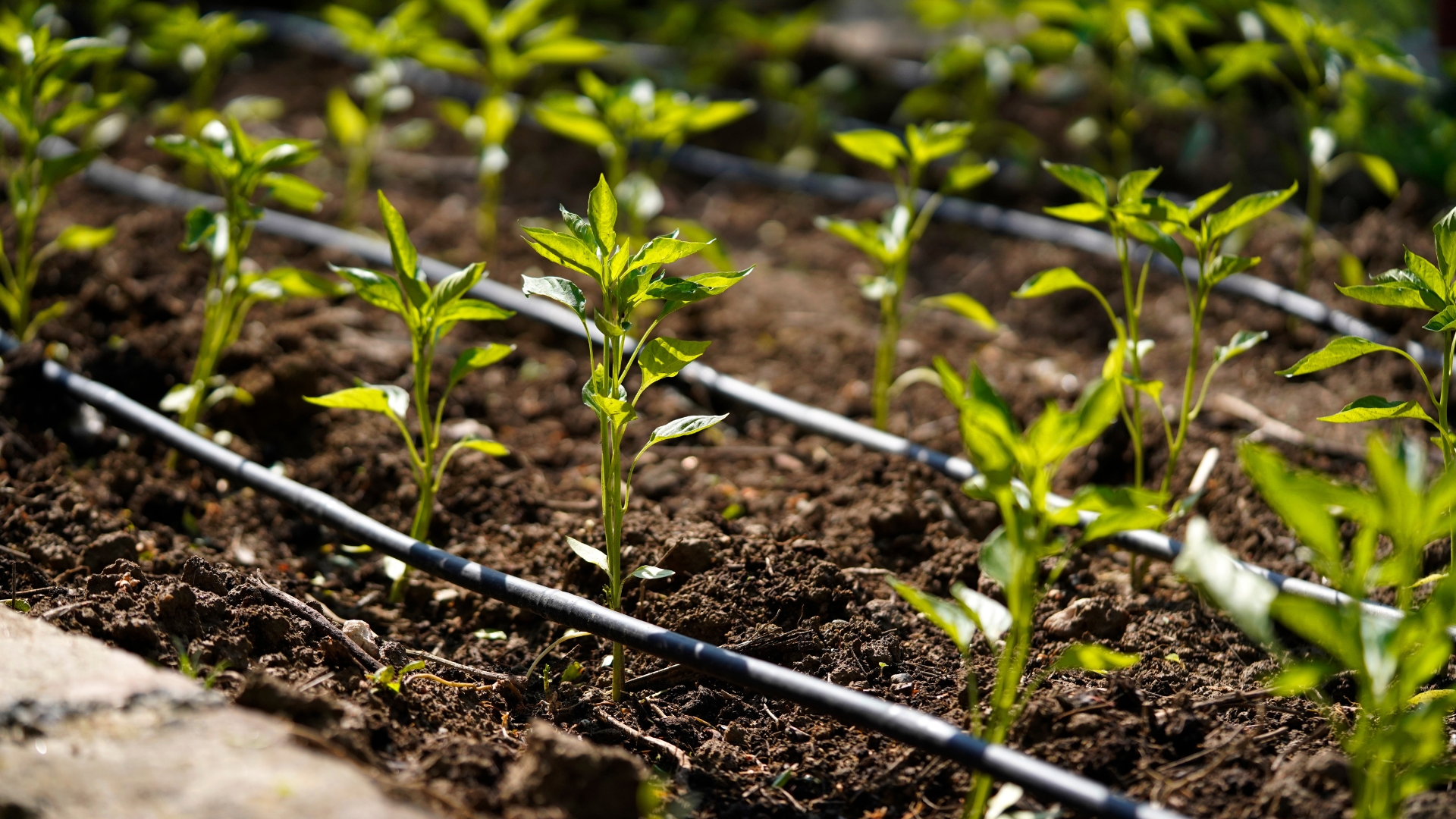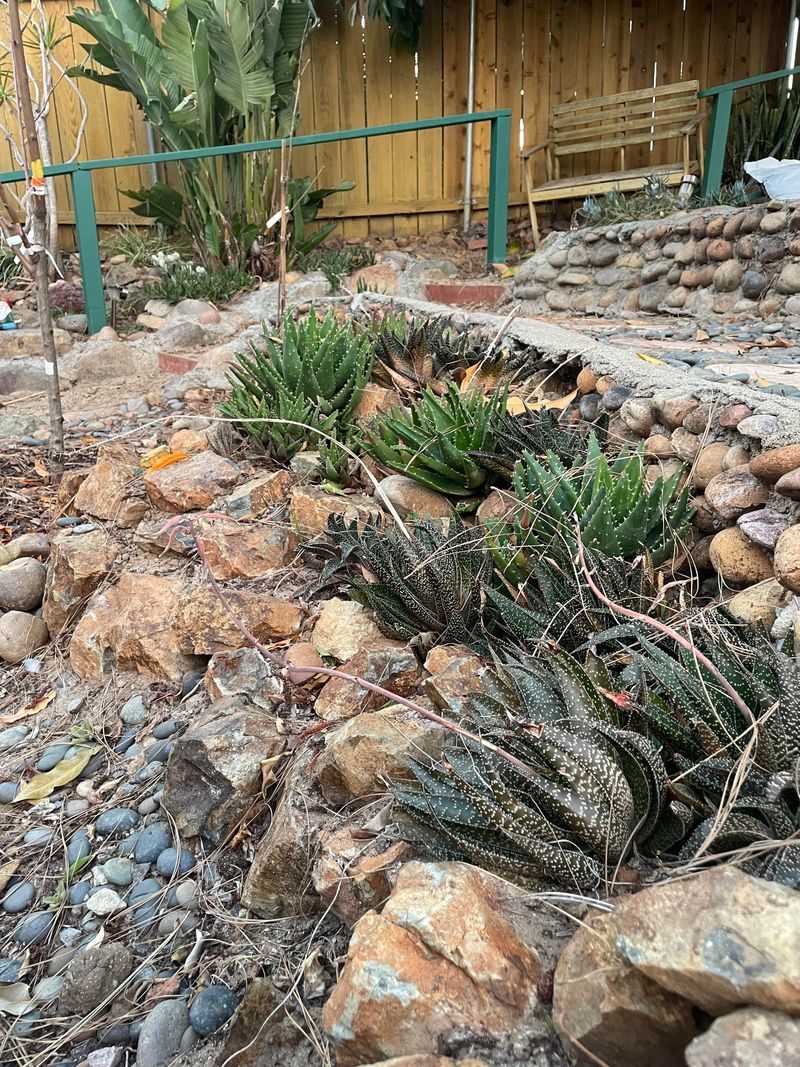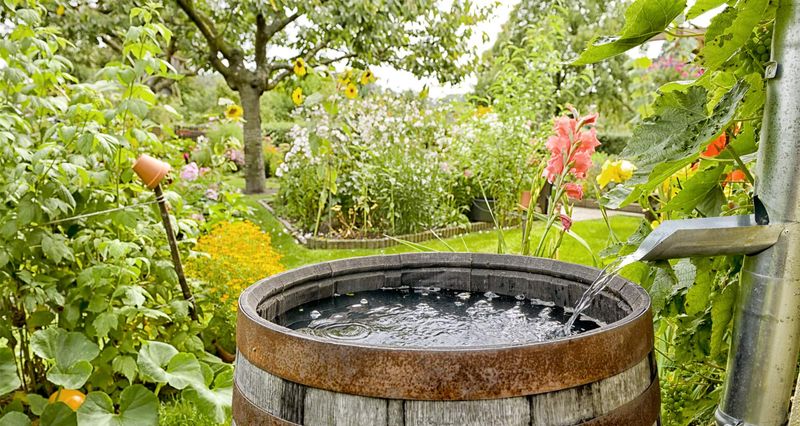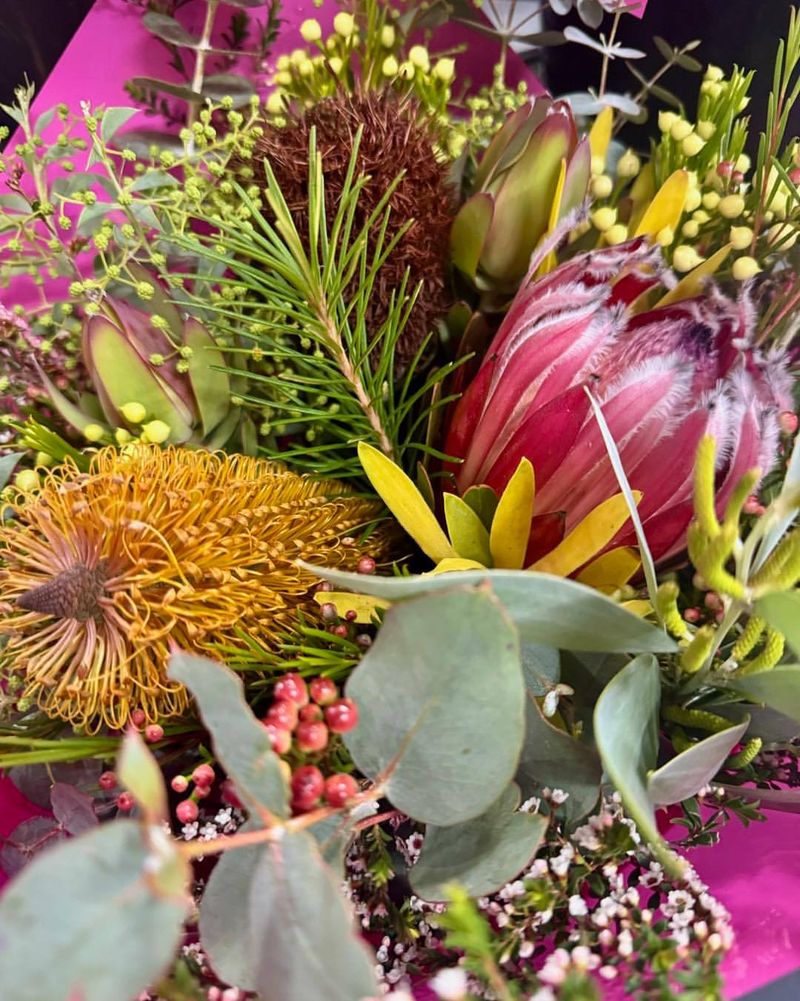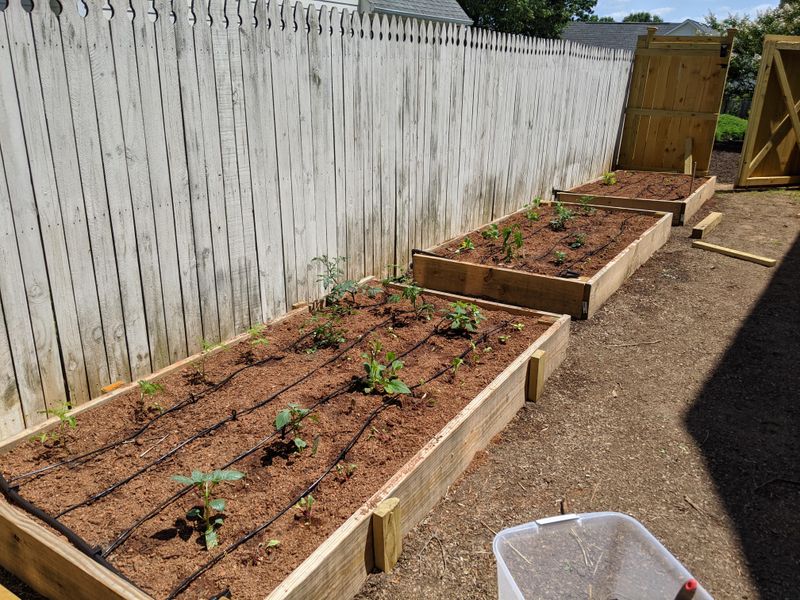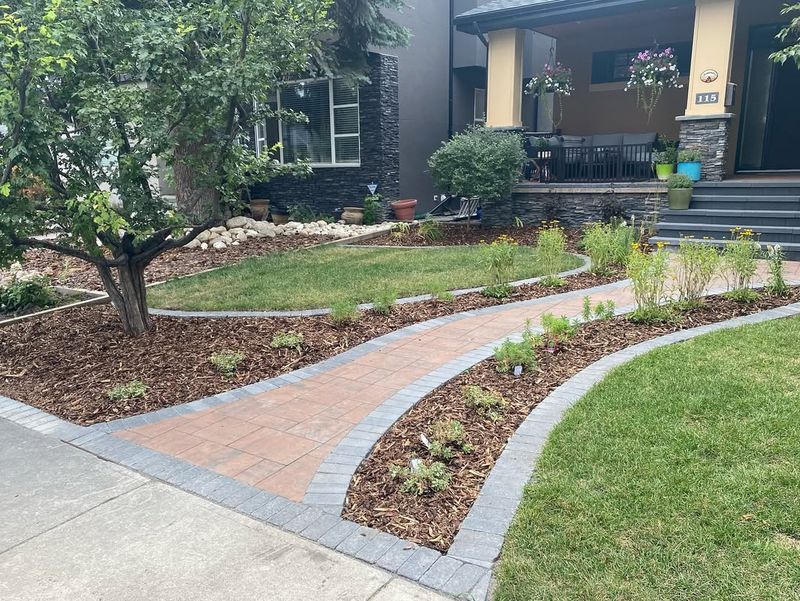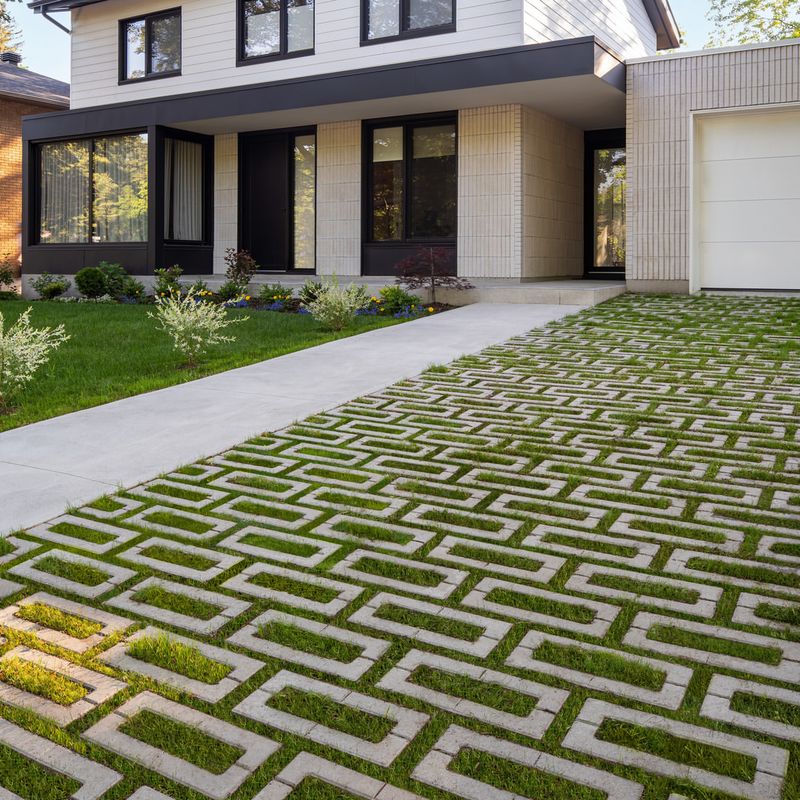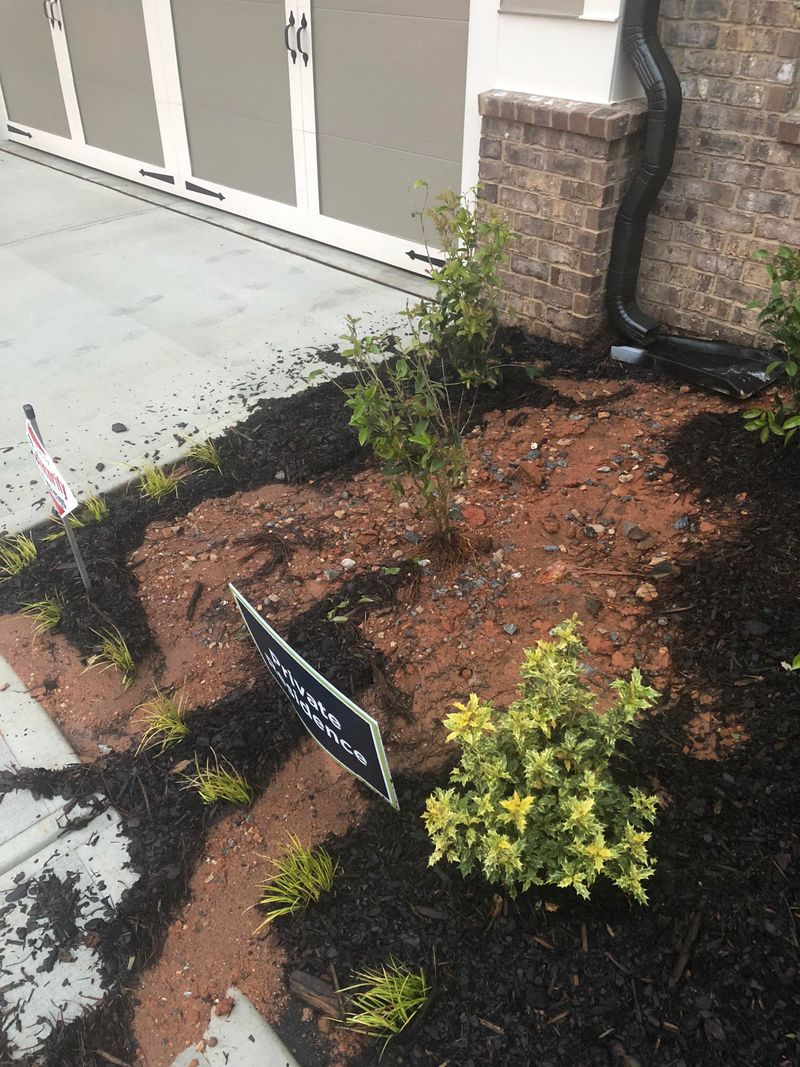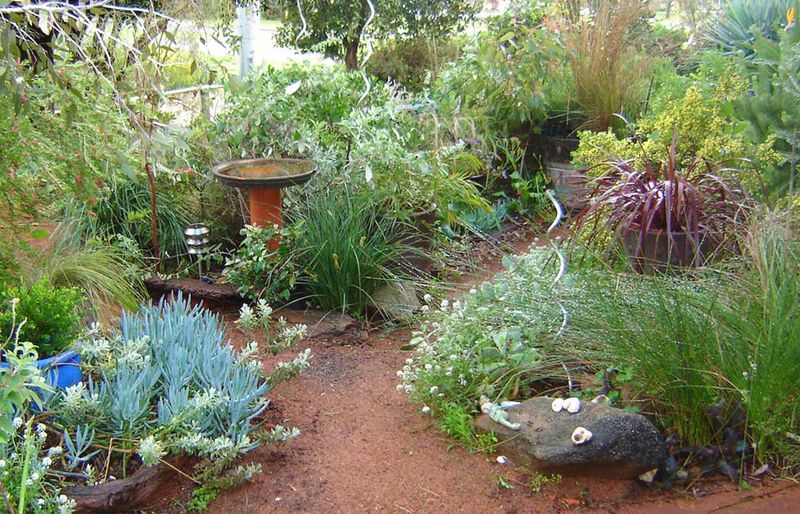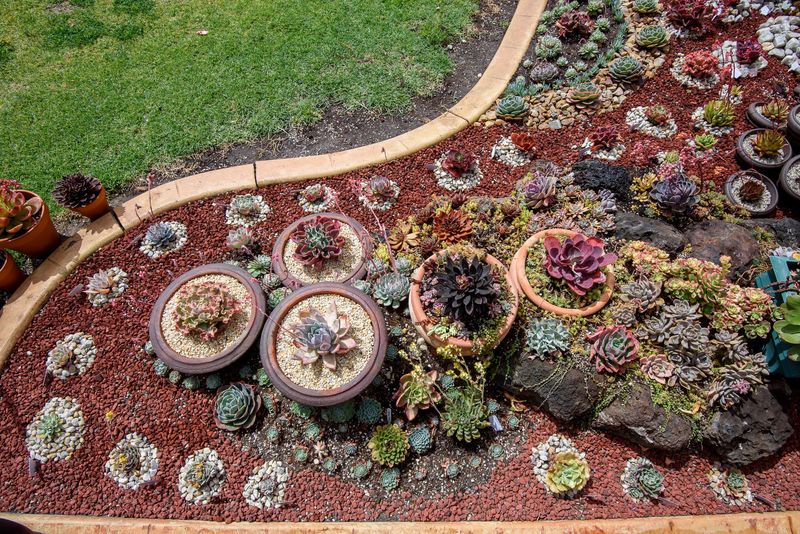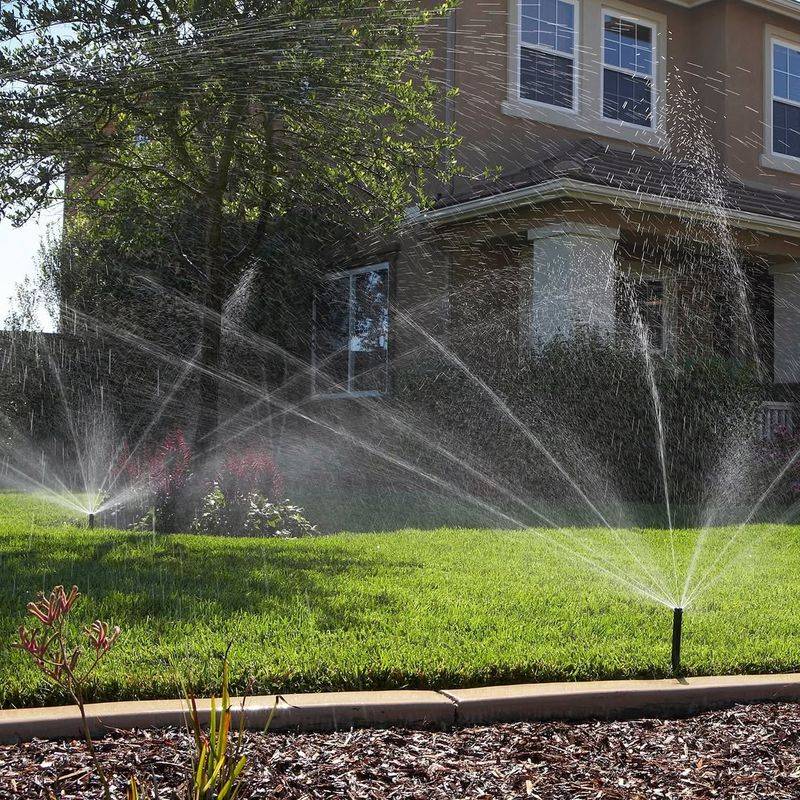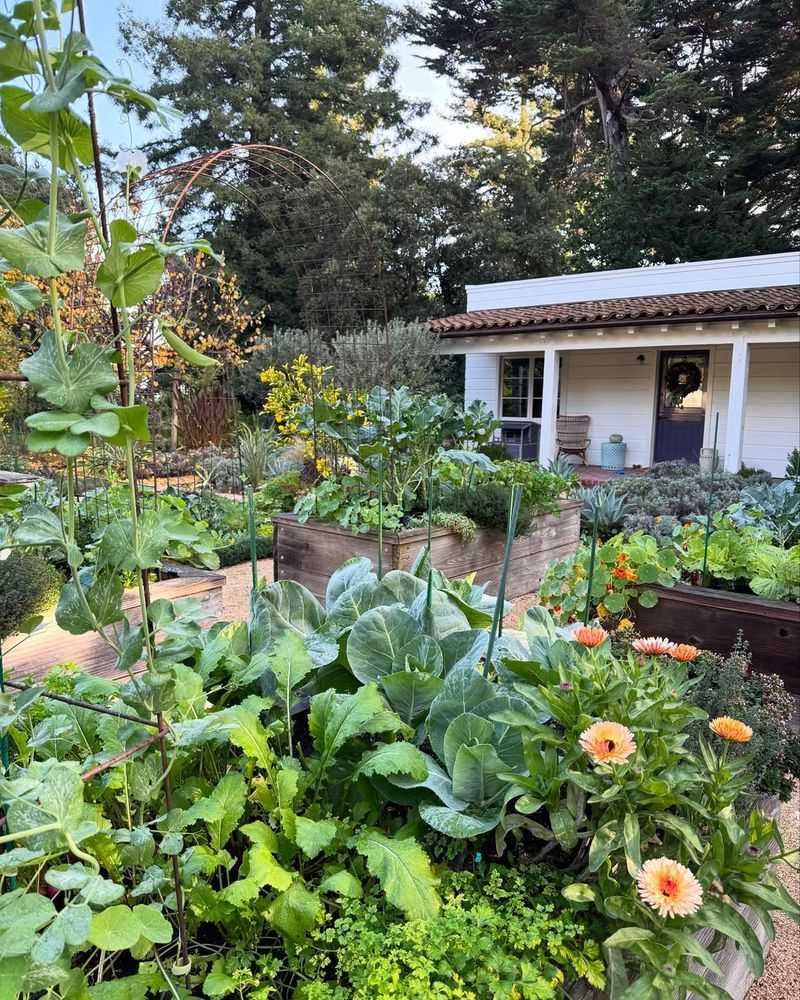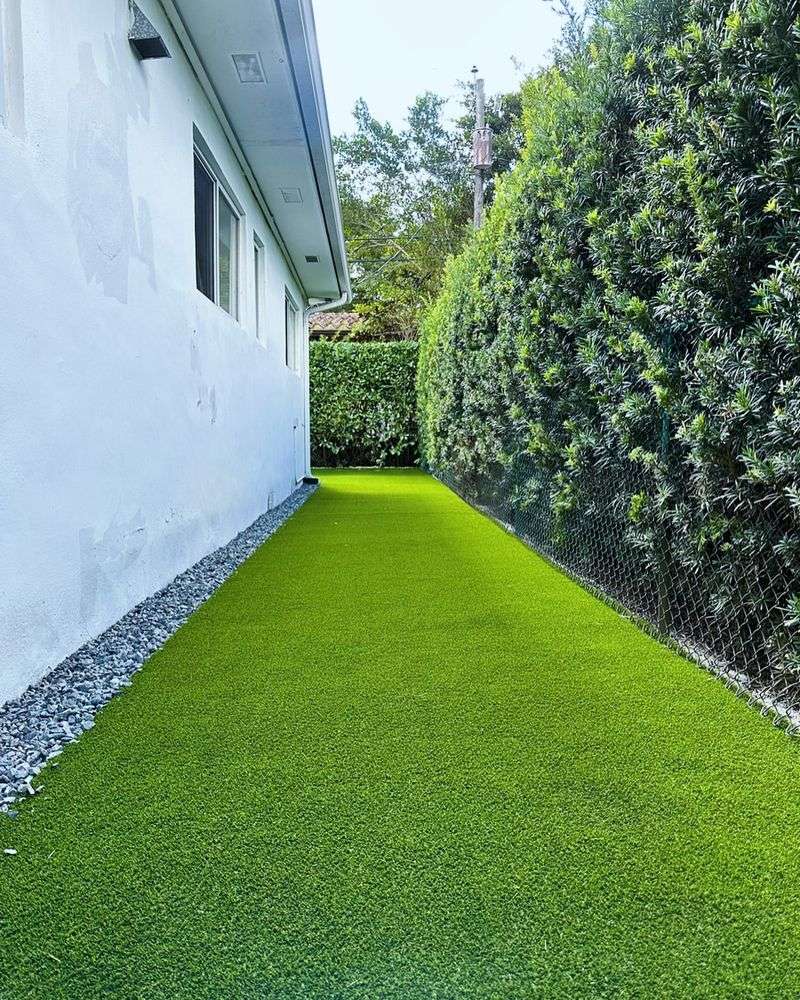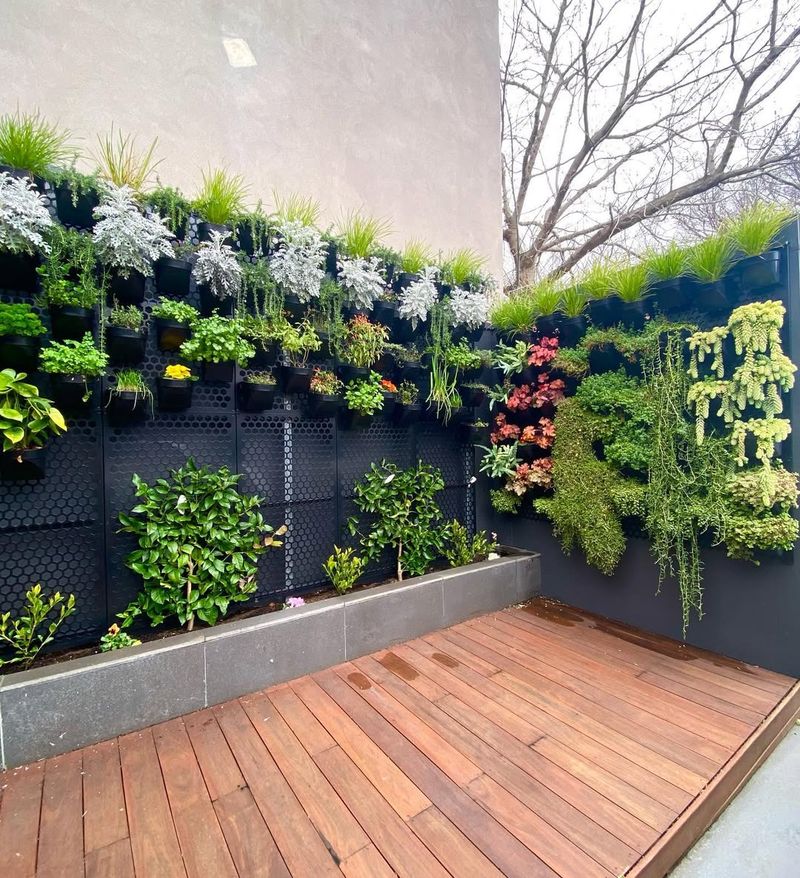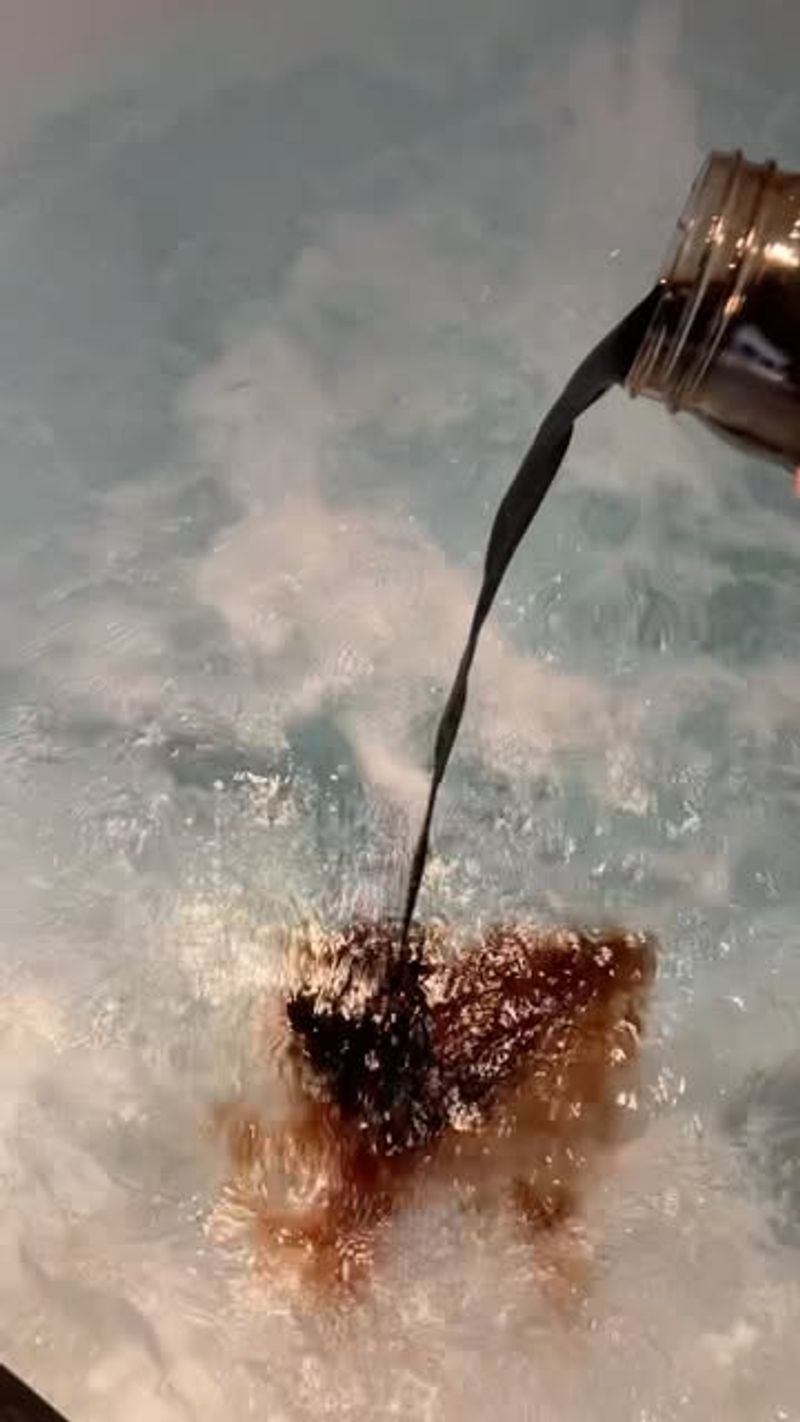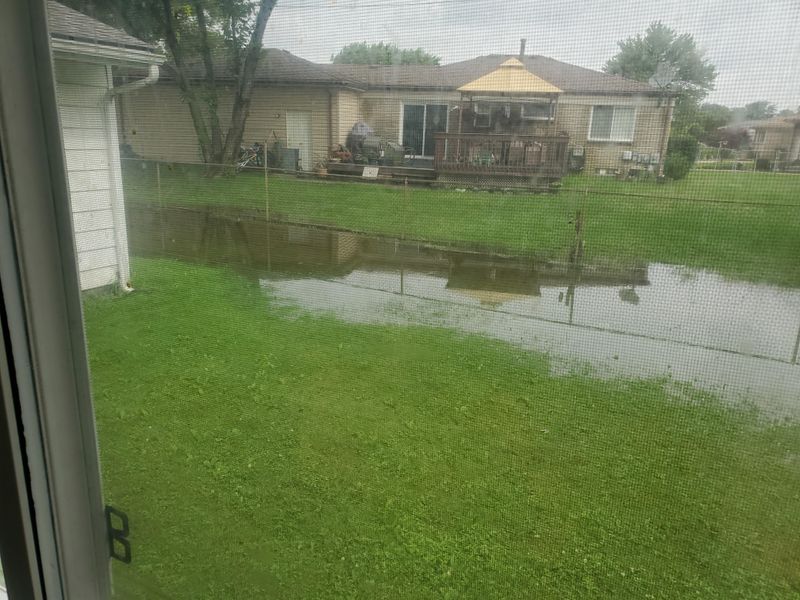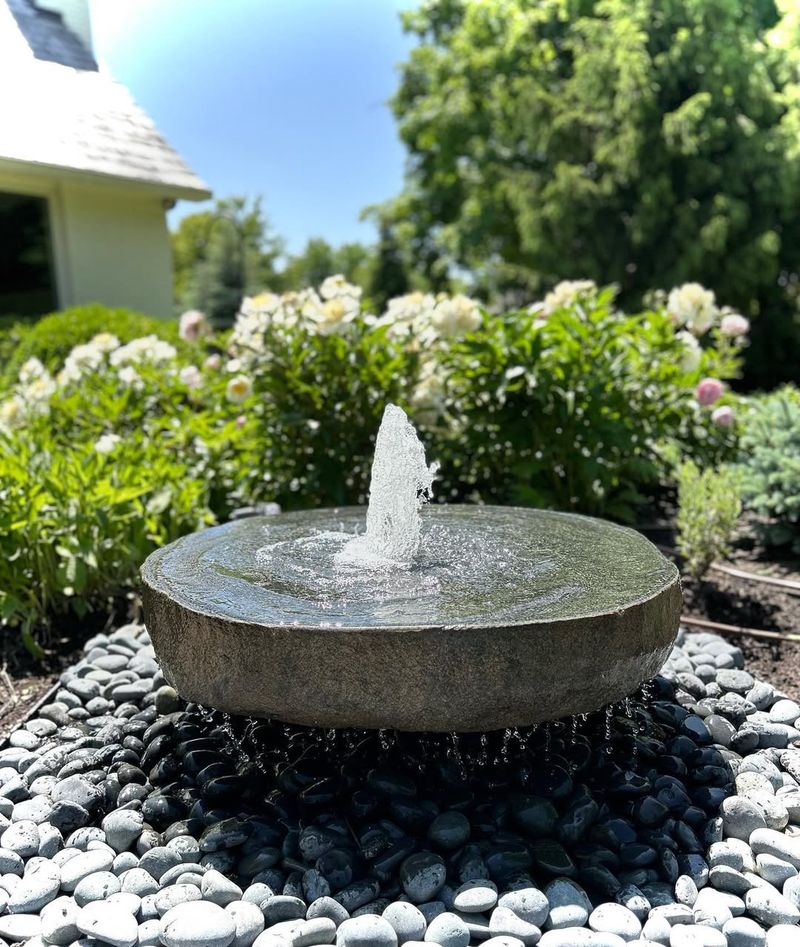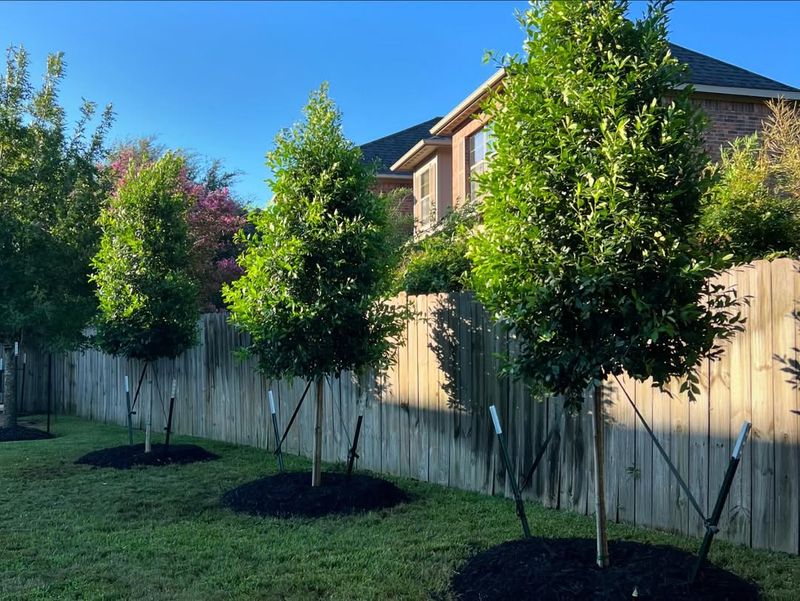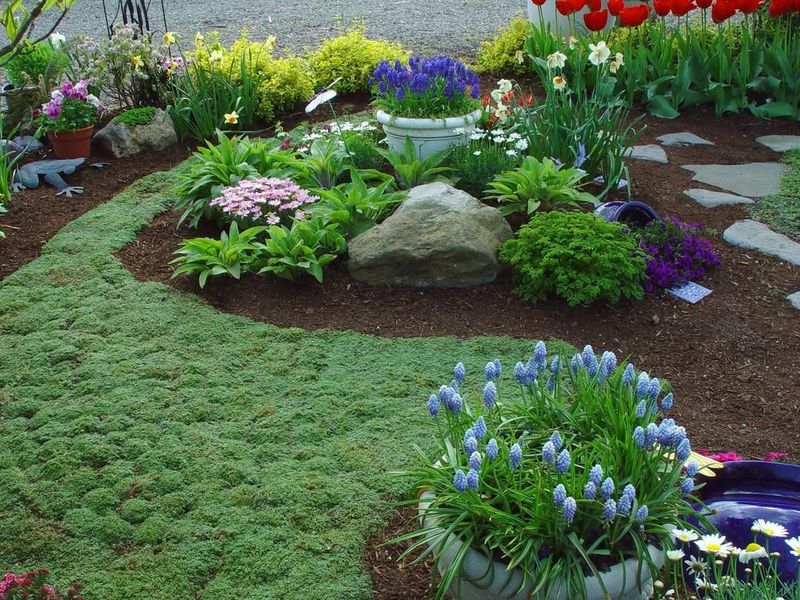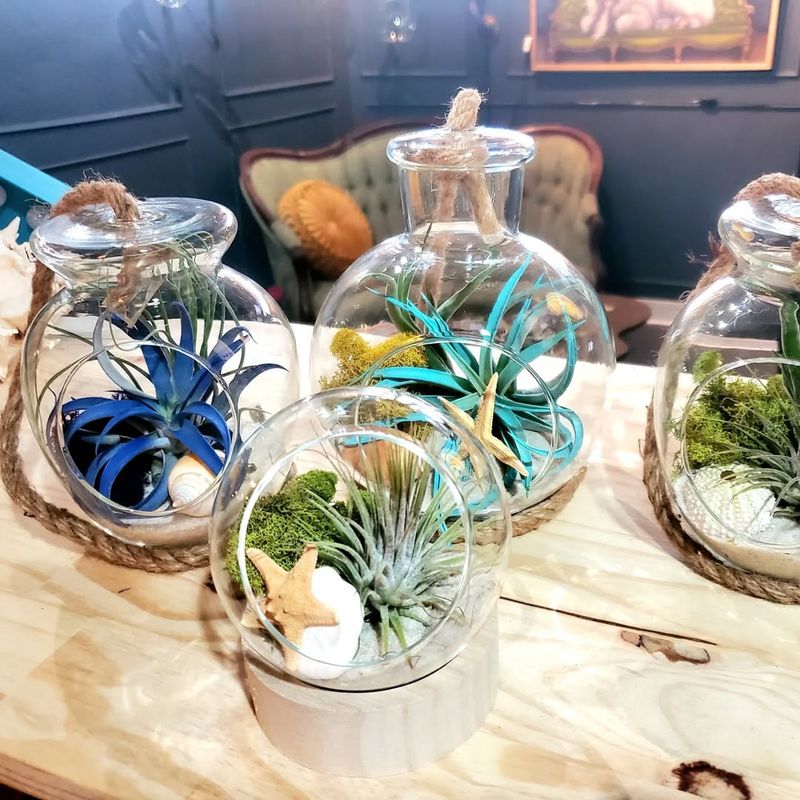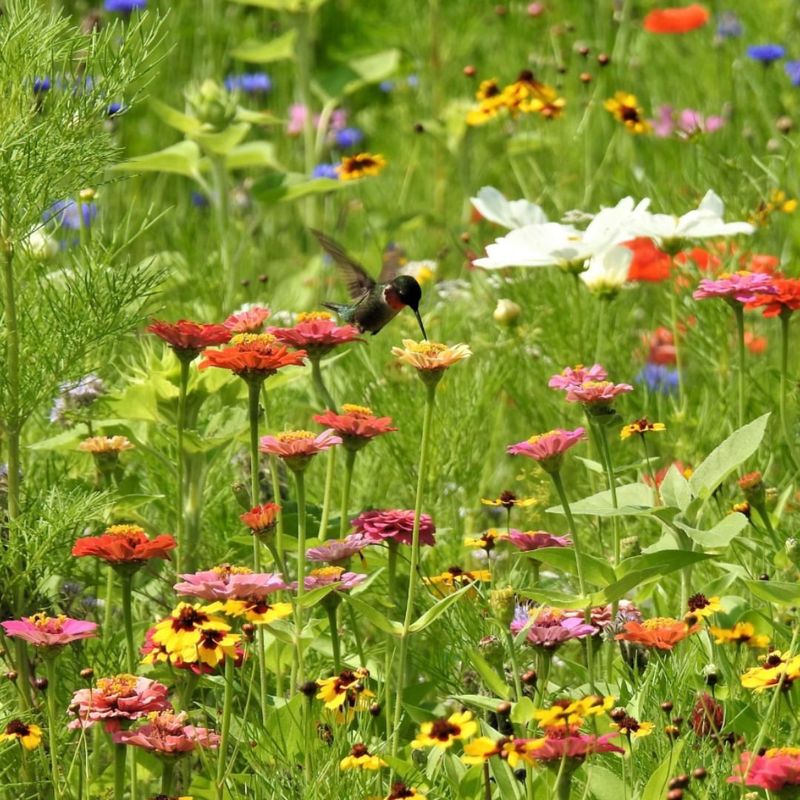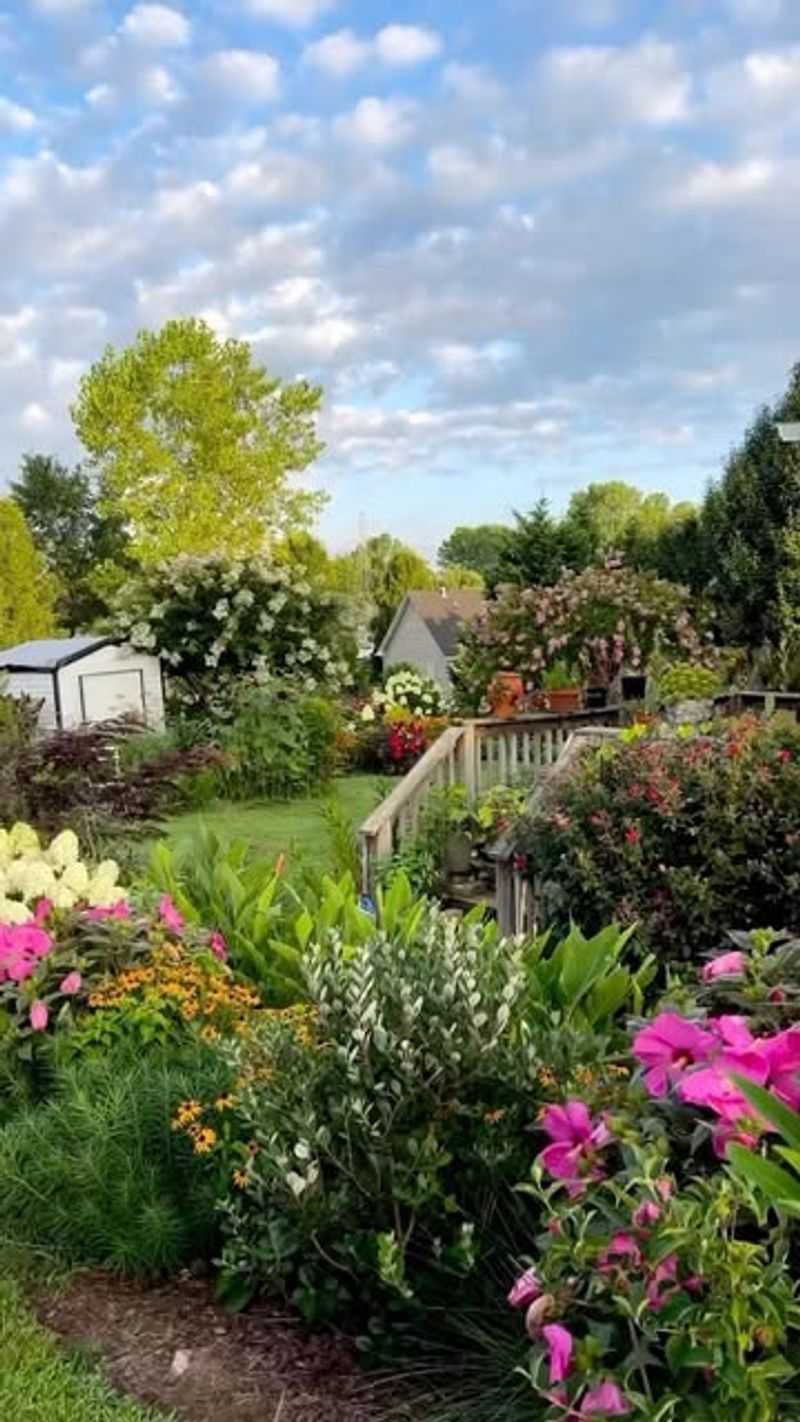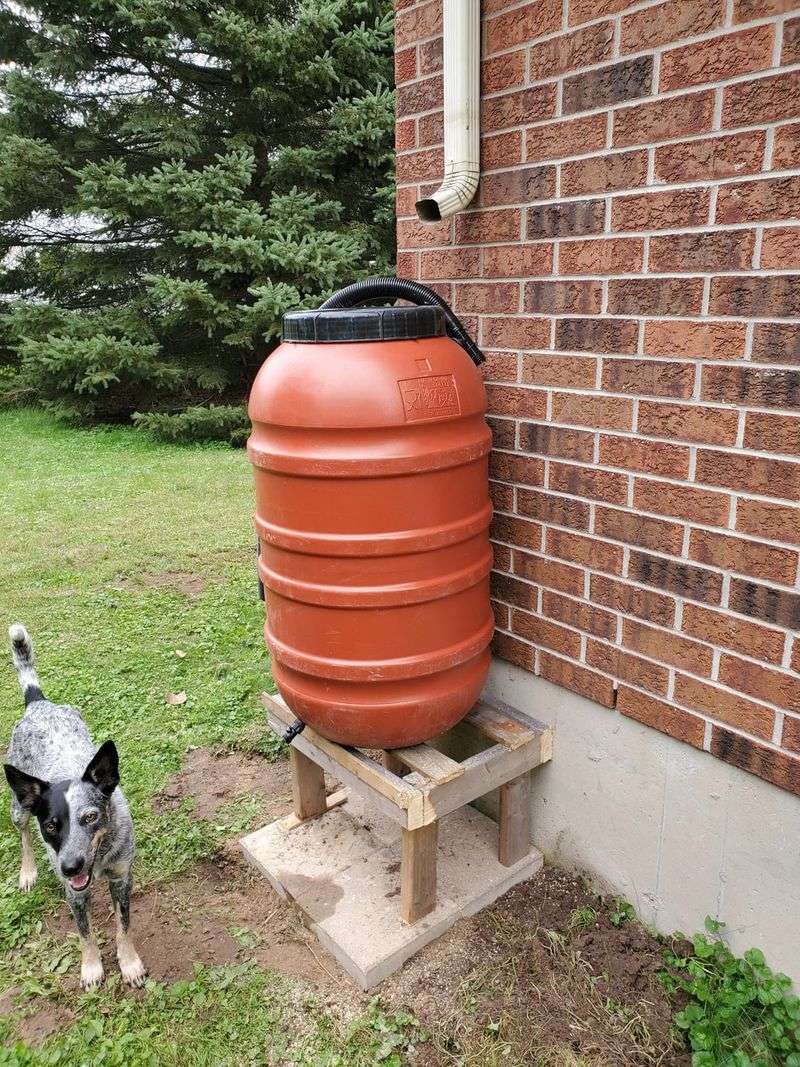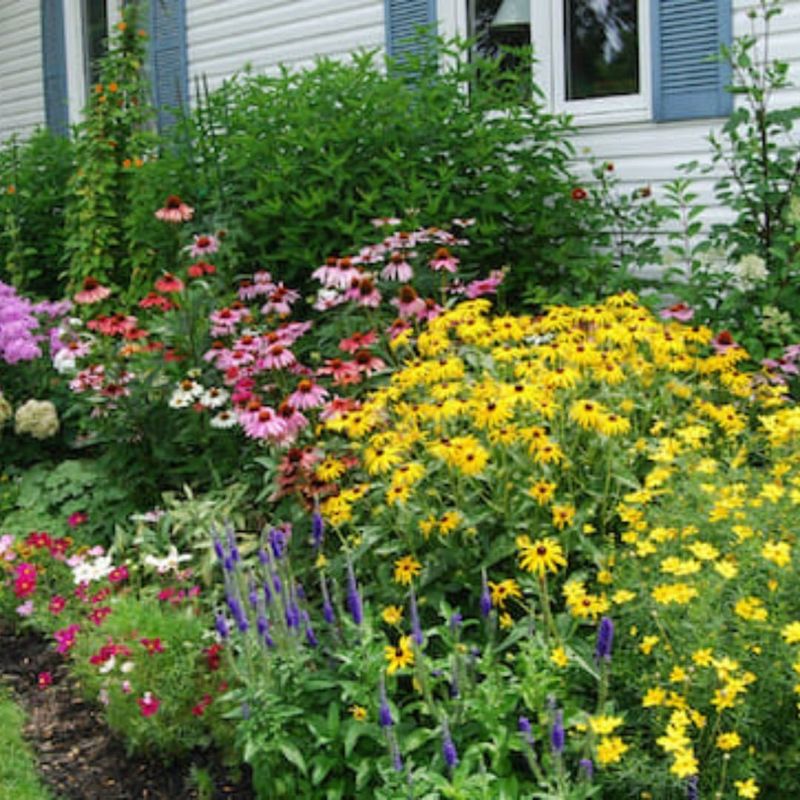Welcome to the world of water-wise landscaping! Whether you’re gearing up to dig in or just here for some inspiration, I’ve got something for you!
Let’s talk about how to create a beautiful, low-maintenance garden without wasting water. The good news? Saving water doesn’t mean your yard has to look lifeless.
I’ve got simple ideas to help you make the most of every drop. Plus a few common mistakes to watch out for. I hope you are ready!
1. Succulent Oasis
Succulents are like the camels of the plant world. Give them a little water, and they’ll be happy for weeks.
These plants come in all shapes and sizes, making them a quirky addition to any garden. Arranging them in groups can add texture and interest to your landscape.
With their minimal water needs, succulents are a win-win for lazy gardeners. Mix and match different types to create a beautiful scene. But beware! Overwatering is their kryptonite. Stick to the once-a-week rule, and you’ll have a thriving succulent sanctuary in no time.
2. Rainwater Harvesting
Ever thought of catching rain like a kid catching fireflies? With rainwater harvesting, you can! This system collects rainwater from your roof and stores it for later use.
Not only does it conserve precious resources, but it also cuts down on your water bill. Use the collected water to hydrate your plants or even wash your car! Just make sure to keep the system clean and well-maintained.
Keep everything clear and watch your garden flourish with nature’s own gift.
3. Native Plant Haven
Native plants are like your favorite pair of jeans – they fit just right. These plants are adapted to your local climate, requiring less water and maintenance.
By choosing native plants, you’re supporting local wildlife and creating a sustainable ecosystem. They’re resilient, needing little more than an occasional drink during dry spells.
But don’t get carried away with exotic additions. They might not play nice with the locals. Stick to the natives, and your garden will be the talk of the town, without the gossip!
4. Drip Irrigation
Imagine giving each plant in your garden its very own drinking straw. That’s what drip irrigation is all about! This system delivers water directly to the roots, reducing evaporation and runoff.
It’s like a personal hydration station for plants, ensuring they get just the right amount of water. Drip irrigation is efficient and can be automated to save you time.
But be aware of clogging! Regular maintenance is key to keeping the system flowing smoothly. Set it up right, and watch your garden thrive with precision watering.
5. Xeriscaping
This is not just a fancy word. Xeriscaping is a gardening approach that saves water. Think of it as the minimalist art of landscaping. By using drought-tolerant plants, you’ll create a garden that thrives without constant hydration.
It’s all about smart design and choosing the right plants for your climate. Xeriscaping can turn your yard into an escape that’s both sustainable and stunning.
But don’t forget, a lack of planning can lead to a patchwork of chaos. Plan carefully, and your xeriscape will be a masterpiece of efficiency.
6. Permeable Pavers
Who knew your driveway could be a water conservation hero? Permeable pavers allow rainwater to seep through, reducing runoff and replenishing the ground below.
They’re stylish, functional, and a smart choice for eco-friendly landscaping. By using permeable pavers, you’re turning your hardscape into a hydrating haven.
But here’s the kicker: improper installation can turn them into puddle-makers. Make sure they’re laid correctly, and let your driveway do its part in saving the planet, one drop at a time.
7. Mulch Madness
This is like the hero of gardening. It conserves water, suppresses weeds, and adds nutrients to the soil. It’s keeping your plants comfortable and hydrated.
By using organic mulch, you’re giving your garden a natural boost. It’s easy to apply and can be refreshed as needed.
But don’t overdo it! A too-thick layer can suffocate your plants. Find the right balance, and your garden will thank you with growth and happy blooms.
8. Greywater Systems
In the world of water conservation, greywater systems are like recycling champions. They take used water from sinks and showers and give it a second life in your garden.
This ingenious system reduces waste and provides moisture for your plants. It’s a win for both the environment and your water bill.
Just make sure to use biodegradable products to keep your plants happy and healthy. Set it up right, and watch your garden thrive on a sustainable water source.
9. Drought-Resistant Grass
Grass that thrives with little water? It’s not a fairy tale! Drought-resistant grass varieties are specially bred to withstand dry conditions.
These grasses require less water and maintenance, making them perfect for eco-friendly lawns. You’ll have a green oasis without the guilt of excessive watering.
But remember, proper installation and care are key. Neglecting these can lead to patchy turf and sad grass. Give it some love, and your lawn will be a resilient play area for kids and pets. Incredible, right?
10. Hydrozoning
This is like matchmaking for plants. By grouping plants with similar water needs, you create efficient watering zones.
This technique helps you conserve water by giving each plant just what it needs. Hydrozoning makes sure that no plant goes thirsty or overwatered.
But beware of mixing thirsty plants with those that prefer it dry. Keep your zones clear, and your garden will flourish with perfectly tailored hydration.
11. Rock Gardens
Nature’s art installations. They combine stones and drought-tolerant plants to create a low-maintenance landscape.
These gardens are perfect for dry areas and provide a unique aesthetic. By choosing the right plants, you’ll have a landscape that’s both eye-catching and water-wise.
But here’s a tip: avoid overcrowding. Give your plants space to grow, and your rock garden will be a harmonious blend of nature and stone.
12. Smart Irrigation Controllers
Technology to the rescue! Smart irrigation controllers adjust watering schedules based on weather conditions, saving you water and effort.
These devices learn your garden’s needs and optimize watering times for efficiency. It’s like having a personal gardener who never sleeps.
But don’t forget to set it up correctly. A misconfigured system can lead to overwatering or drought. Calibrate it well, and your garden will be in sync with nature.
13. Edible Landscaping
Why not munch on your garden as you admire it? Edible landscaping combines beauty and functionality by incorporating food plants into your design.
From herbs to fruits and veggies, these plants offer a feast for the eyes and the taste buds. They require thoughtful watering, similar to their ornamental counterparts.
But don’t forget the pests! Keep an eye out for hungry critters and protect your edible treasures. With care, your garden will be a delicious and water-conscious delight.
14. Artificial Turf
This is like the Hollywood star of lawns. It always looks perfect without any water. This synthetic grass offers a maintenance-free alternative to natural lawns.
It stays green year-round, making it an attractive option for those looking to save water. And guess what? No mowing required!
But remember, quality matters. Cheap turf can look fake and wear out quickly. Choose wisely, and your lawn will be the envy of the neighborhood, minus the water bill.
15. Vertical Gardens
Vertical gardens take your gardening to new heights. Literally! These wall-mounted plant displays save space and water.
They’re perfect for urban areas with limited room but unlimited creativity. With proper irrigation, they can thrive with minimal water.
Just watch out for overwatering. Gravity will do its thing, so balance is key. Set it up right, and your vertical garden will be a living masterpiece that impresses all who see it.
16. Compost Tea
A nutritious smoothie for your plants. This liquid fertilizer boosts plant health and reduces the need for water.
By brewing compost in water, you create a nutrient-rich solution that nourishes your garden. It’s an eco-friendly way to enhance growth and conserve water.
But don’t forget the proper brewing method. A rushed tea can harm rather than help. Steep it well, and let your plants sip their way to vitality.
17. Rain Gardens
Rain gardens are nature’s sponge, designed to capture and filter runoff. They’re planted in a depression and filled with native plants.
These gardens reduce erosion, improve water quality, and provide a habitat for wildlife. They’re a beautiful way to manage stormwater.
But be aware of poor planning. Incorrectly placed rain gardens can cause flooding. Choose the right spot, and let your garden soak up the benefits.
18. Outdoor Water Features
Who says water features have to waste water? Solar-powered fountains and recirculating streams offer beauty without excess.
These features use minimal water and add a soothing ambiance to your garden. They’re eco-friendly and visually pleasing.
But here’s the trick: regular maintenance is essential to prevent algae and clogs. Keep them clean, and your water feature will be a sparkling centerpiece. And who wouldn’t like that?
19. Shade Trees
Planting shade trees is like giving your garden a natural air conditioner. They provide shelter and help retain soil moisture.
By blocking sunlight, they reduce evaporation and keep your garden cool. Trees also offer habitat for wildlife and a perfect spot for a lazy afternoon nap.
But don’t plant them too close to structures. Their roots can be adventurous! Give them space, and your trees will grow into majestic garden guardians.
20. Ground Cover Plants
These are like living carpets, covering soil and reducing water loss. They provide a beautiful look without the thirst of traditional lawns.
These plants suppress weeds and add texture to your landscape. They’re easy to maintain and require little water once established.
Proper spacing is crucial. Overcrowding can lead to a tangled mess. Plant them thoughtfully, and your garden will have a seamless, water-wise ground cover.
21. Air Plants
Air plants are the rebels of the plant world, needing no soil to thrive. They absorb moisture and nutrients from the air. Pretty cool, right?
These unique plants are perfect for creative displays and require minimal watering. A quick mist now and then keeps them content.
But don’t neglect them! They still need light and occasional soaking. Treat them well, and your air plants will be a conversation starter in any garden setting.
22. Wildflower Meadows
Wildflower meadows are a burst of color and life, requiring minimal care and water. They attract pollinators and create a biodiverse habitat.
By choosing local wildflowers, you’ll have a meadow that’s both beautiful and sustainable. It’s a natural, low-maintenance alternative to traditional lawns.
But beware of invasive species! Choose wisely to keep your meadow in harmony. With the right selection, your garden will be a flourishing display of nature’s charm. And who wouldn’t like that?
23. Berm Gardens
Berms are raised garden beds that add dimension and conserve water. They direct runoff and can be a striking feature in any landscape.
If you plant drought-tolerant species, you’ll have a berm that’s both functional and attractive. These gardens add visual interest and help manage stormwater.
But remember, proper construction is key. A poorly built berm can erode quickly. Build it right, and your berm will be a durable and lovely addition to your garden.
24. Rain Barrels With Style
Rain barrels don’t have to be boring! With a splash of paint, they become functional art pieces in your garden.
These barrels collect rainwater for future use, conserving water and adding charm. They’re an eco-friendly addition to any home.
But here’s the catch: keep them covered to prevent mosquito breeding. Secure them well, and your rain barrel will be a stylish and practical garden companion.
25. Bee-Friendly Gardens
Creating a bee-friendly garden is a sweet way to support pollinators and conserve water. By planting nectar-rich flowers, you’ll attract bees and butterflies.
These gardens are low-maintenance and don’t require much water. They provide essential habitat and add colors to your landscape.
But avoid pesticides! They can harm the very creatures you’re welcoming. Keep your garden natural, and it’ll be a buzzing success.

